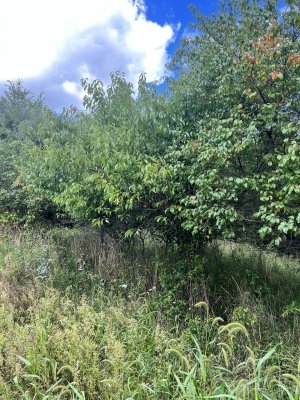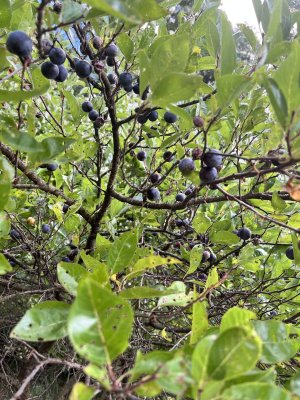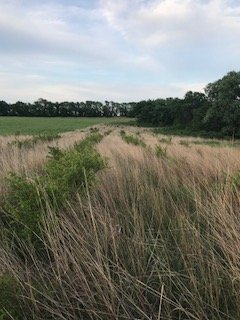Lot2Learn
5 year old buck +
This Spring I'm planting a row of Chickasaw plum seedlings that I'd like to form a 175' long thicket.
I've never planted plums and I don't know how long they take to form a thicket.
My current plan is to plant:
- a single seedling, with a 3'x3' weed mat every 20'
- no tree tube, but a T-post securing a 1' diameter 5' welded wire fence
Questions:
- Would a short (12-18") tree tube make sense?
- Do thickets form so fast that my strategy is over kill and I should just plant more seedlings at a lower fence density?
I'll be planting a row of American Plum specimen trees (e.g., protected by 5' tubes) nearby so pollination won't be a problem.
I'm in Virginia, Zone 7a. I'm over 60 years old, so time-to-goal is an important consideration.
Thanks in advance, Lot2Learn
I've never planted plums and I don't know how long they take to form a thicket.
My current plan is to plant:
- a single seedling, with a 3'x3' weed mat every 20'
- no tree tube, but a T-post securing a 1' diameter 5' welded wire fence
Questions:
- Would a short (12-18") tree tube make sense?
- Do thickets form so fast that my strategy is over kill and I should just plant more seedlings at a lower fence density?
I'll be planting a row of American Plum specimen trees (e.g., protected by 5' tubes) nearby so pollination won't be a problem.
I'm in Virginia, Zone 7a. I'm over 60 years old, so time-to-goal is an important consideration.
Thanks in advance, Lot2Learn



